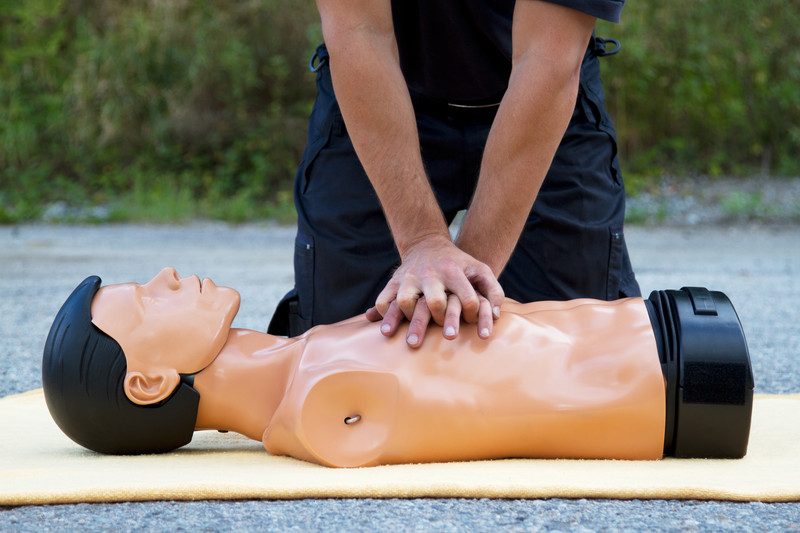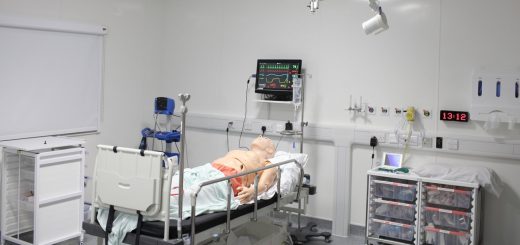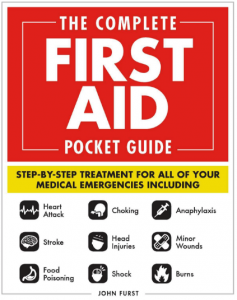Where to Perform Chest Compressions during CPR
Correct hand position is vital when performing chest compressions as part of Cardiopulmonary Resuscitation (CPR). Chest compressions need to be performed in the right place in order to be effective.
Incorrect hand position is a common mistake during CPR. So where should your hands be placed when giving chest compressions?
Chest compressions should be performed using the heel of your hand in the middle of the chest (breastbone). Older CPR guidelines referenced measuring to find the correct position, however, this is no longer recommended in more recent CPR guidelines as this wastes valuable time during a cardiac arrest emergency.

Do not perform chest compressions over the ribs. In addition, do not perform chest compressions too low down over the patient’s chest. This may damage the xiphoid process which is attached to the lower part of the breastbone.

Chest compressions should not be performed over the stomach. This may cause the victim to vomit and could cause damage to internal organs.
Breaking Ribs with Chest Compressions
Even when performed correctly, there is a significant chance of breaking ribs when performing chest compressions. Chest compressions need to be deep enough to physically squeeze blood around the body. Each chest compression should be a minimum of 5cm deep.
It is normal for ribs to be broken when giving effective CPR. If you feel ribs break – do not be put off. Ensure your hands are in the correct position and continue chest compressions until medical aid arrives.
Remember, any damage caused by performing chest compressions can be fixed at a later date if the victim survives!





